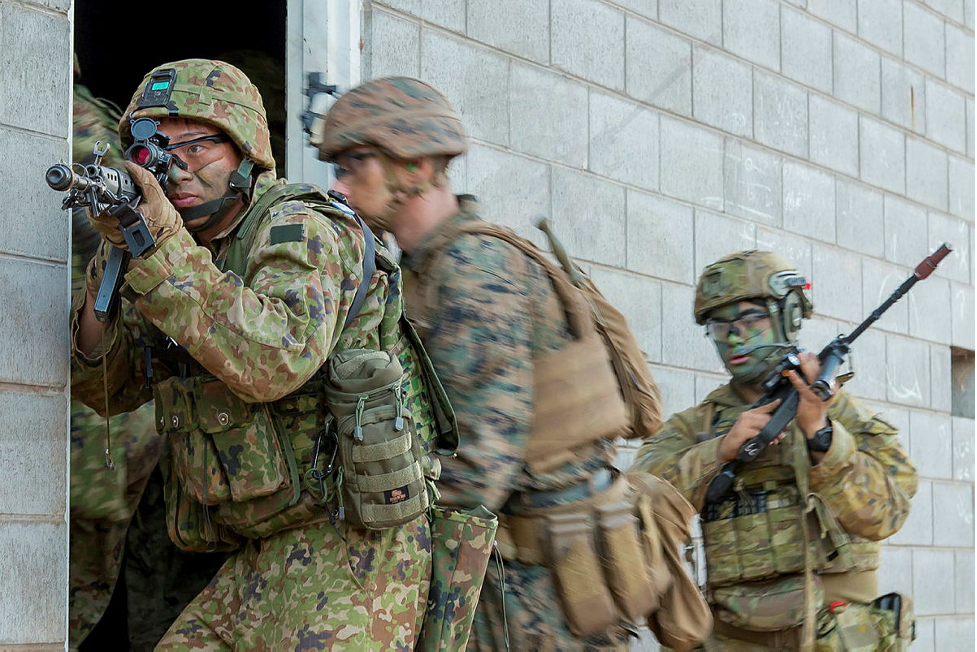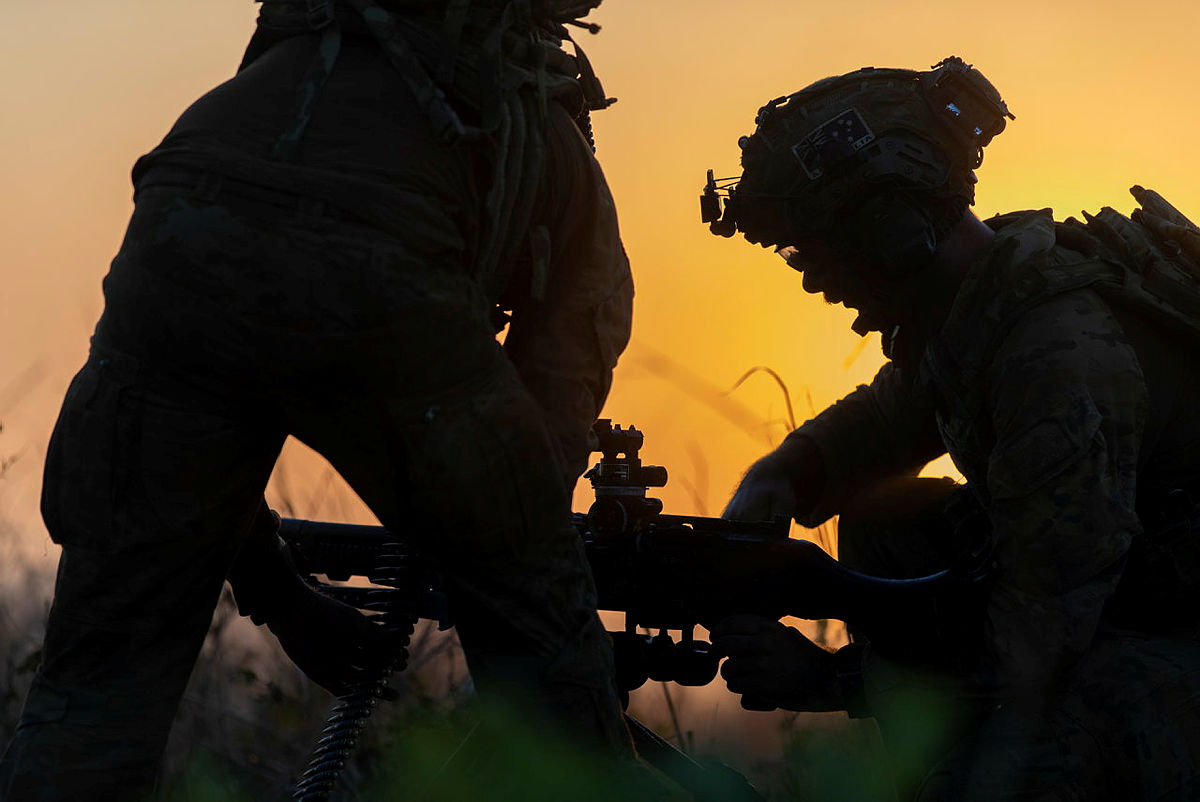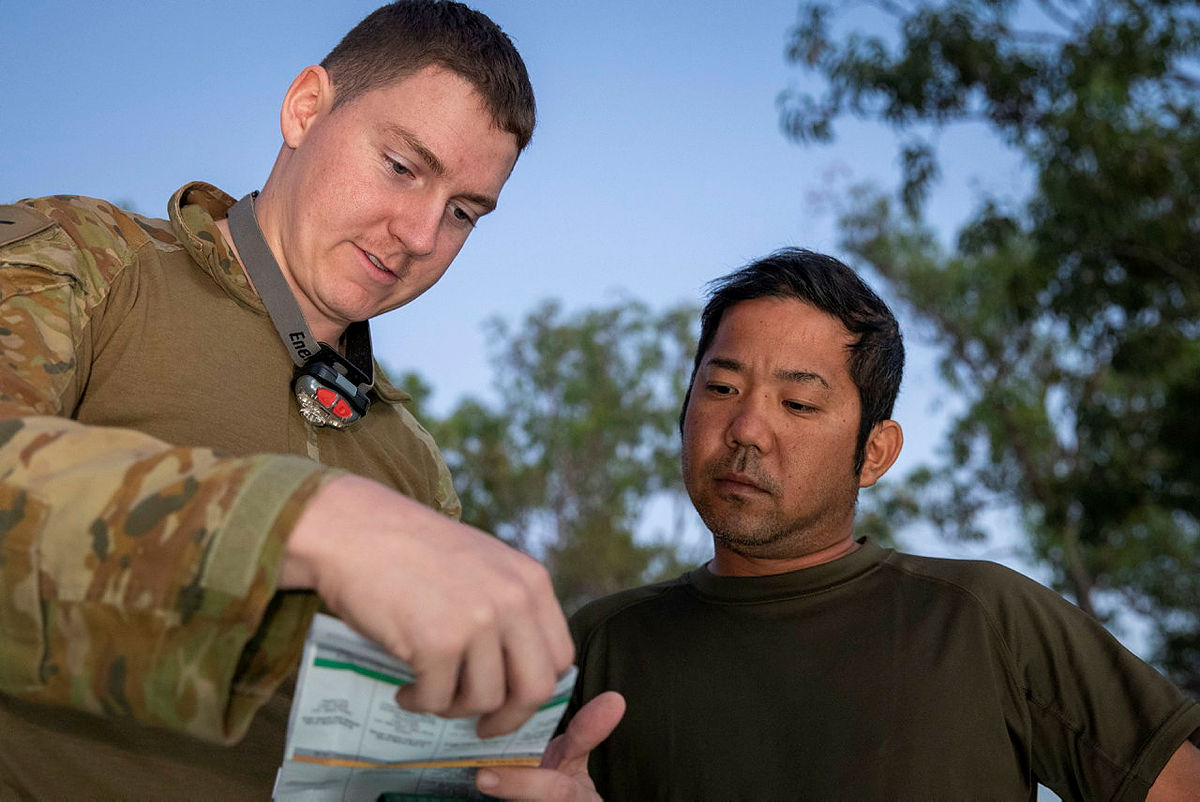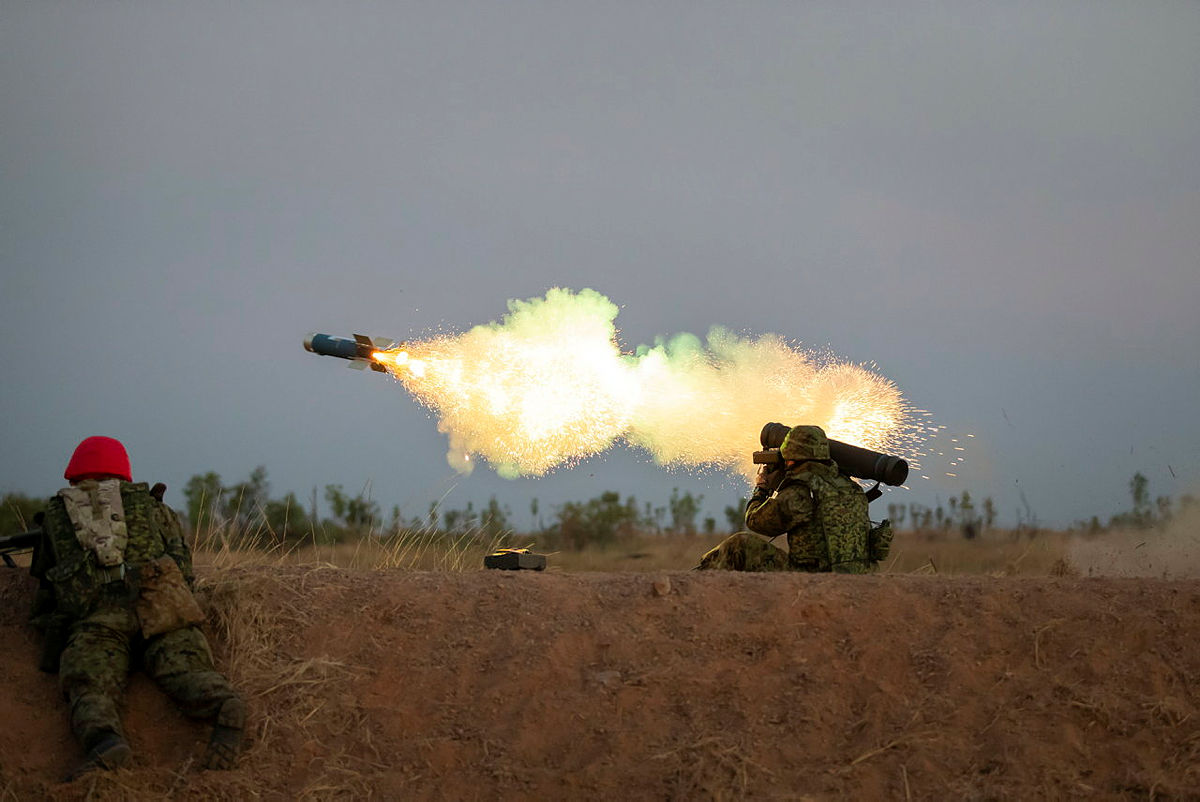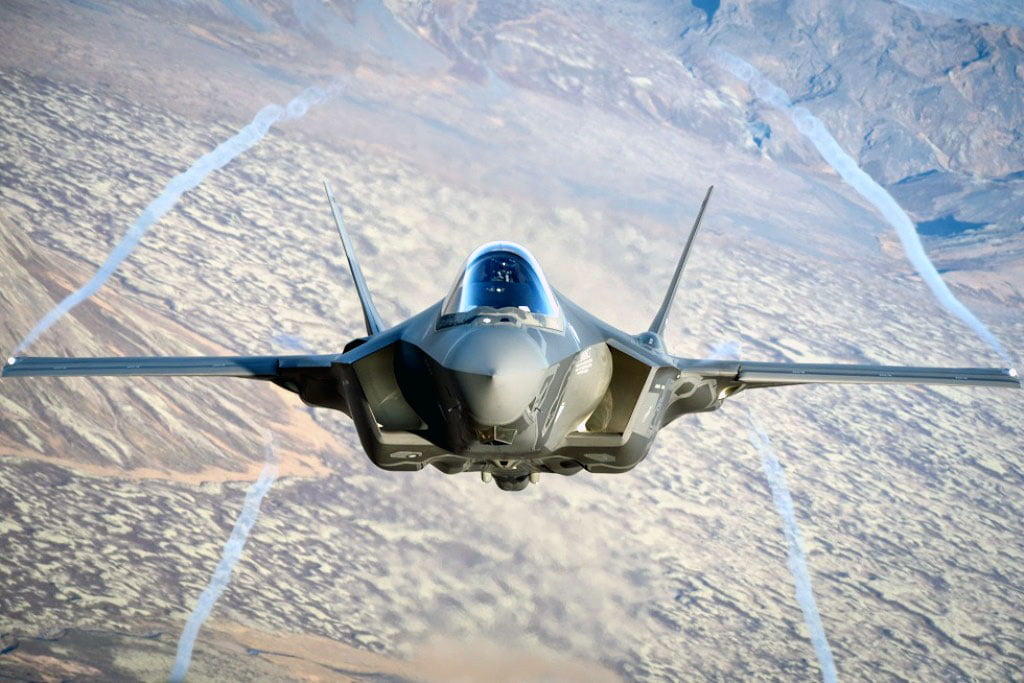By Robbin Laird
The strategic shift from the Middle Eastern land wars to the high-end fight revolves around effective crisis management. With the 21st century authoritarian powers working hard to make the world safe for authoritarianism, the liberal democracies need to focus on protecting and expanding their abilities to defend their interests.
The USMC has been the nation’s crisis management force throughout my lifetime.
But after a long period engaged in land operations, how will the USMC effectively become a full spectrum crisis management force which deters peer competitors and contributes most effectively to escalation control?
In part the answer revolves around the Navy in transition working effectively with the USMC to combine sea-basing and mobile basing into an effective engagement force.
When I visited II MEF in April 2021, I learned from its CG, Lt. General Beaudreault, that the Commandant of the USMC gave him very clear guidance when he took over the command: “Paraphrasing the guidance: tighten your lifelines with Second and Sixth Fleets. As the Navy shapes itself to do distributed maritime operations, how do we help, and how do we reconfigure?”
When I visited II MEF again at the end of June 2021, I had a chance to meet with Lt. General Beaudreault as well as Colonel Garrett Benson and we focused on a way ahead being worked by II MEF with regard to shaping new crisis management and escalation control capabilities,
The initial conversation was with Colonel Benson and highlighted the strategic shift underway. The Colonel had recently been involved with the BALTOPS 50 exercise and operated aboard the C2 ship, Mt. Whitney. And in that capacity worked closely with the joint and coalition force on the C2 aspects of that exercise.
His background in the USMC has been completely wrapped up in the land wars, with his coming to II MEB being his initial engagements with operating from the sea. Indeed, his coming to II MEB is focused upon the integration the Navy and working new ways ahead with regard to joint operations from the sea.
As he put it: “Right before I checked into the MEB I was actually CJTF-OIR chief of operations. When I got back to the MEF, it was an uphill ramp for me to get back into the Russian problem set.”
He noted that over the past 18 months, ESG 2 and 2d MEB have been engaged in a number of exercises to work ways to craft more integrated approaches. But that is really prelude to the next phase of development.
Lt. General Beaudreault underscored that an agreement was being coordinated with 6th and 2nd Fleets whereby 2d MEB would stand up an integrated headquarters, potentially based at Camp Lejeune that would work integrated operations between the fleet and the MEB.
Although details will need to be worked with regard to the standing up of an integrated naval headquarters, the strategic direction was clear.
“Conceptually, this force would be ESG 2 integrating with 2d MEB to form an integrated naval headquarters that supports NAVEUR. When ESG 2 and Second MEB came together and went to a BALTOPS, they went to the Mount Whitney to train and then were disestablished and went back to their respective locations.
“But we are interested in creating a permanent structure which stays together. Whether it’s for exercises, we see it as an opportunity to command rotational forces in the high north. When we send battalions or squadrons or a fighter squadron to Finland, all of those kinds of organizations could be underneath the integrated headquarters. The goal is to create permanent structure, with full-time personnel.”
He added that it would function in some ways like Task Force 51/5 which had been established under CENTCOM in 2018.
And as Vice Adm. Jim Malloy, commander of U.S. Naval Forces Central Command/U.S. 5th Fleet/Combined Maritime Forces, noted concerning the integrated Task Force 51/5 command:
“Task Force 51.5 is an integrated force that demands a combination of agility and forethought from its leaders, in part because it’s a unique command model that is innovative and new. This Task Force remains vital and irreplaceable in this region – a catalyst for tailored combat effects and an accelerant for Amphibious Forces from the sea. Their tactical strength and ability to be ‘where it matters, when it matters’ protects American and partner lives and assets.”
The command could work flexibly with the “relevant nations” in a crisis response as well. And there is a clear interest to work with allies as they transform their force insertion capabilities from the sea as well. An example would be the UK’s Littoral Response Group North.
As Johnathan Bentham noted in his article on this new UK force:
“The LRG is part of a broader initiative to adapt the UK’s amphibious forces to operate in a more dispersed and agile way in response to the increasingly challenging environments that they are now facing. These adaptations include a new Future Commando Force, as reforms to the Royal Marines are being dubbed, with greater focus on technology and raiding missions from the sea. The LRG idea could form part of that, including within a larger UK or multinational force, and the latest deployment has involved exercises with NATO allies and other partners, including this year’s BALTOPS exercise in the Baltic Sea.
“As part of this, the LRG is being used as a testbed for a range of innovative capabilities including uninhabited systems. These changes are also meant to provide force packages able to undertake a range of maritime security tasks, potentially including counter-terrorism, limited interventions and evacuation operations, as well as humanitarian assistance and disaster-relief missions. Another priority for the LRG concept is to maintain forward presence and undertake capacity building and defence diplomacy, a key component of a wider effort to increase the Royal Navy’s global presence and improve its responsiveness.”
Lt. General Beaudreault added: “The new integrated command would give the NAVEUR commander a third operational arm.
“He’s got Second Fleet, he has Sixth Fleet, and now he would have this Task Force to provide him more C2 options to support distributed maritime operations.
“And this focuses on a key question: what do we want an integrated naval headquarters to do in support of NAVEUR?
“The answer is more effective crisis management and escalation control.
“This organization could be a key part of escalation management and help to create both pressure and potential off ramps in a crisis.
‘Amphibious forces forward deployed in international waters are able to deter, assure, ratchet up or dial down until policy makers can get some kind of resolution to the crisis.”
In our discussions with the 2nd Fleet and with the Allied Joint Force Commander, Norfolk, VADM Lewis, he underscored the importance of the command structure as a weapon system.
This would be an additional weapon system in the quiver of the Atlantic fleet commanders.
The featured photo: U.S. Marine Corps Lt. Gen. Brian D. Beaudreault, commanding general, II Marine Expeditionary Force, speaks at a Rehearsal of Concept meeting to prelude the official start of MEFEX 21.1 at Fort A.P. Hill, VA, Nov. 3, 2020. A Rehearsal of Concept provides participants within the exercise an opportunity to practice combat mission plans and put contingency plans into place. (U.S. Marine Corps photo by Lance Cpl. Cheyenne Stillion)



